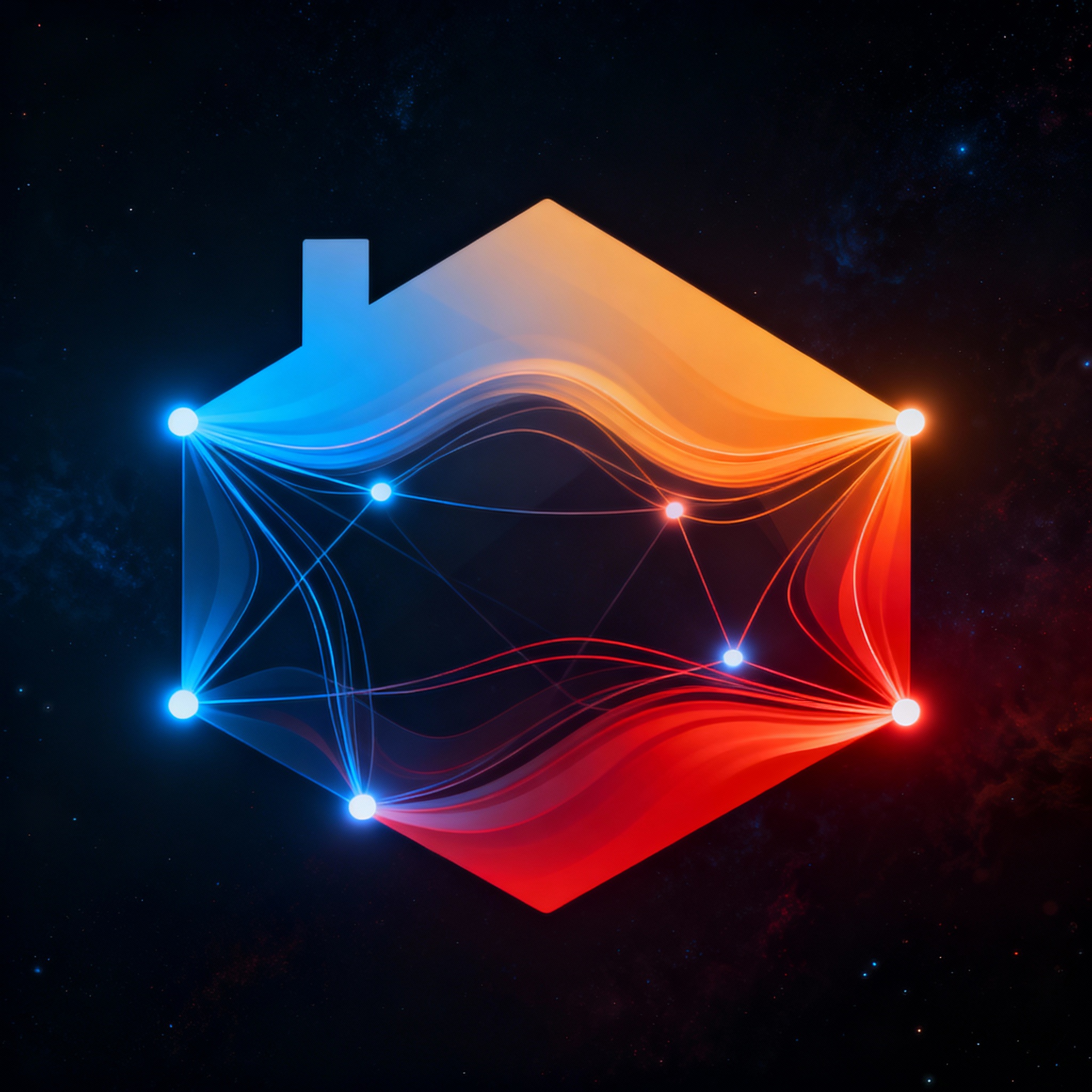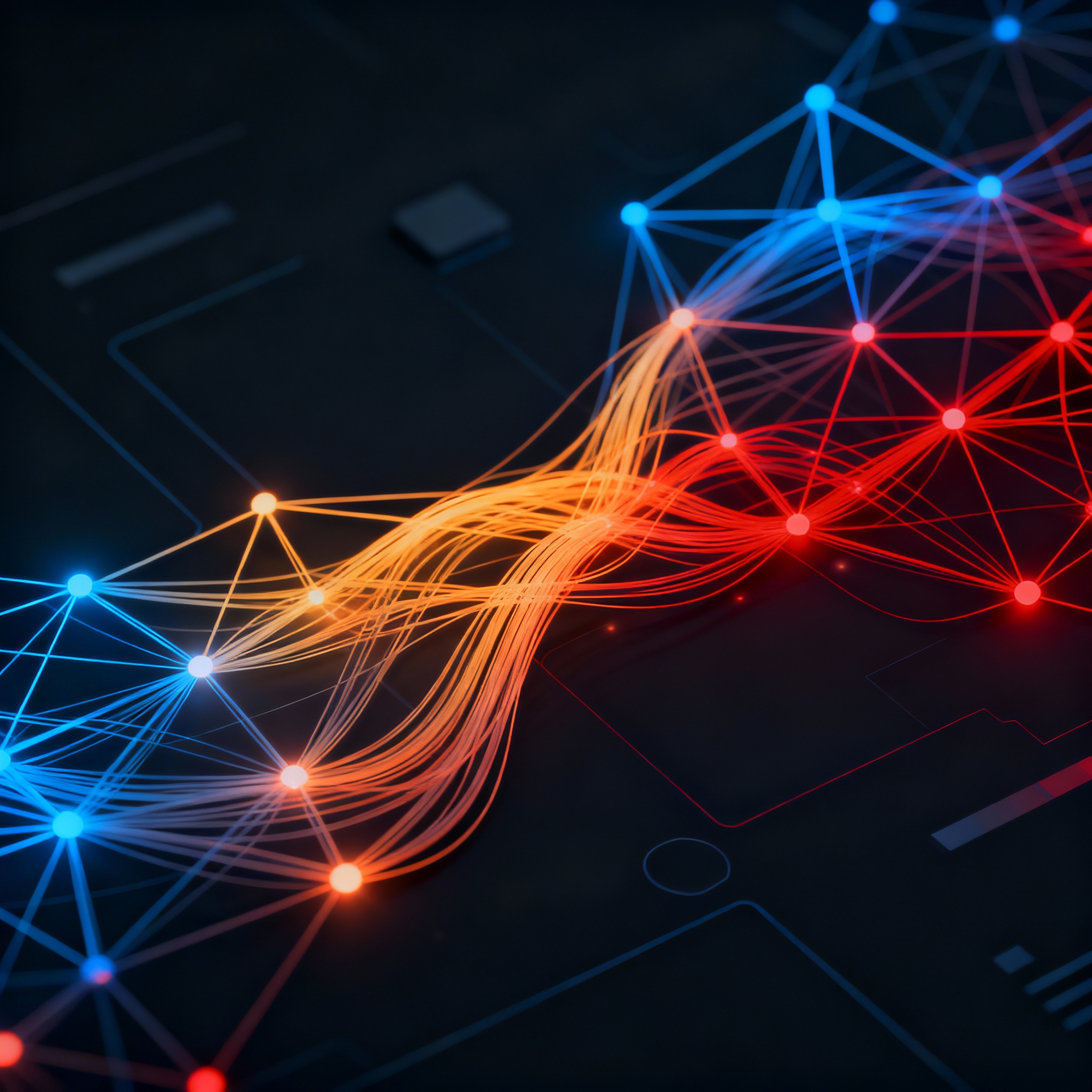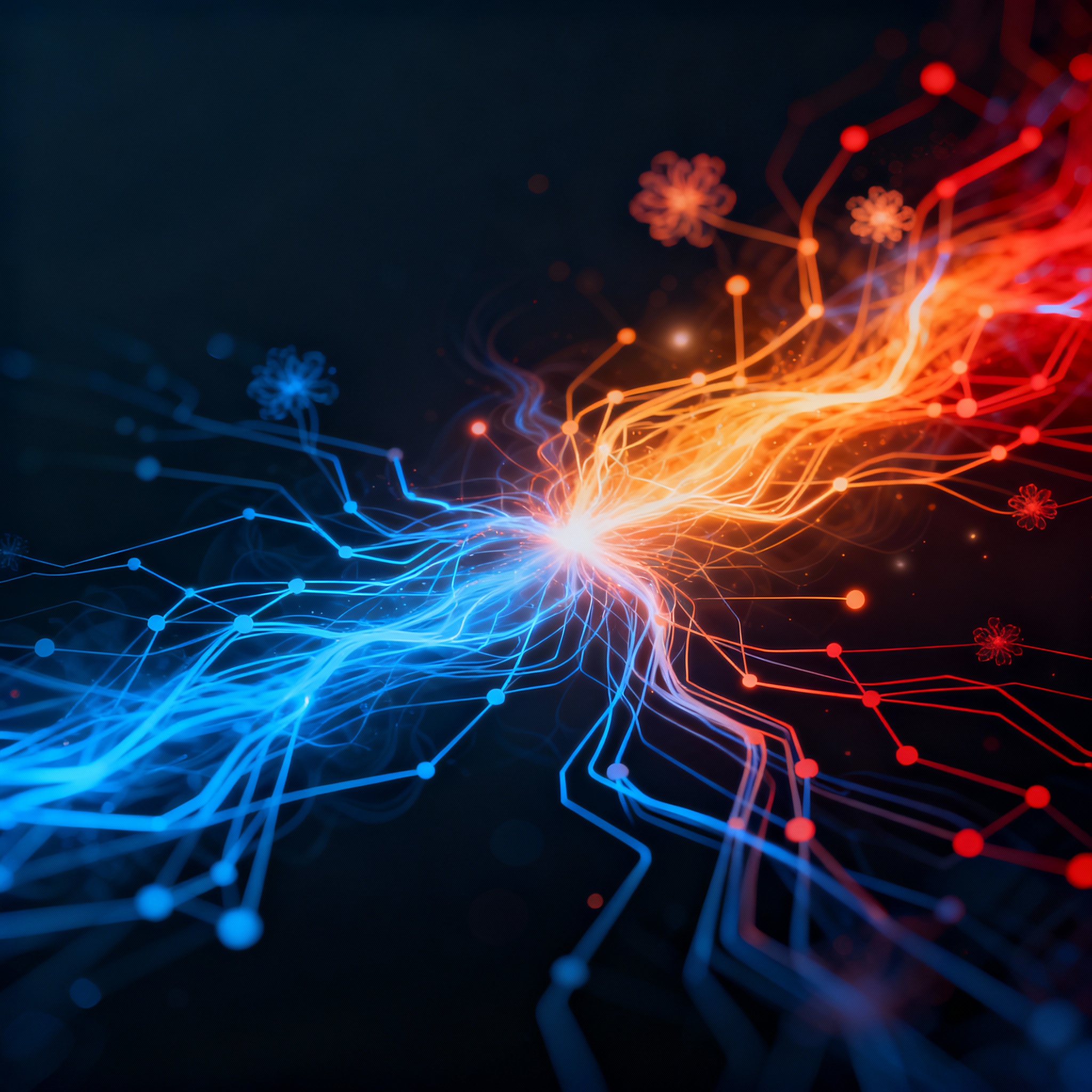
How RAG Elevates Property Matching in Modern Real Estate Searches
How RAG Elevates Property Matching in Modern Real Estate Searches
The real estate market is a vast ecosystem of listings, buyer preferences, and ever-changing market dynamics. Traditional search tools often fall short, relying on basic keyword matches that overlook nuanced details like neighborhood vibes or future value potential. Enter Retrieval-Augmented Generation (RAG), a powerful AI technique that's reshaping how we approach property search and matching. By blending advanced retrieval mechanisms with generative AI, RAG delivers more precise, context-aware results that feel tailored to individual needs.
In this post, we'll dive into what RAG means for real estate, explore its core components, and share practical examples of how it's being applied today. Whether you're a developer building chatbot agents or a real estate professional seeking smarter tools, you'll find actionable insights to harness RAG's potential. We'll also touch on how platforms like ChatRAG can simplify integrating these capabilities into your SaaS applications.
Understanding RAG in the Context of Real Estate
At its heart, RAG is an AI framework that enhances large language models (LLMs) by pulling in relevant external data during the generation process. Unlike standalone LLMs that might hallucinate or rely on outdated training data, RAG retrieves real-time information from a knowledge base and uses it to inform responses. This makes it ideal for real estate, where data like property listings, market trends, and legal details must be accurate and up-to-date.
Imagine a buyer querying a chatbot: "Find me a three-bedroom home in Seattle with good schools and under $800,000." A basic system might return generic results, but a RAG-powered one retrieves specifics from a vector database of listings, cross-references school ratings, and generates a personalized summary. This isn't just about speed—it's about relevance.
Recent advancements in RAG architectures highlight its versatility. For instance, research on Retrieval-Augmented Generation architectures discusses how modular designs improve robustness, which is crucial for handling the diverse data in real estate, from text descriptions to pricing histories.
Key Components of a RAG System for Property Search
Building a RAG system for real estate involves several interconnected parts. Let's break it down:
1. Data Retrieval Layer
This is where the "retrieval" in RAG shines. Using techniques like semantic search or graph-based queries, the system fetches relevant property data. In real estate, this could include MLS listings, historical sales data, or even satellite imagery for neighborhood analysis.
GraphRAG, an extension of traditional RAG, uses knowledge graphs to connect related entities—like linking a property to nearby amenities or zoning laws. Studies on GraphRAG show how it enhances complex queries, such as matching properties based on interconnected factors like commute times and property taxes.
2. Augmentation and Generation
Once data is retrieved, it's augmented into the LLM's prompt. The model then generates a coherent response, such as a ranked list of properties with explanations. For matching, this might involve scoring properties against user criteria using embeddings for similarity.
In practice, multimodal RAG takes this further by incorporating images or videos. A survey on Multimodal Agentic RAG explores how agents can process visual data, like street-view images, to enrich property descriptions—think automatically generating captions for architectural features.
3. Integration with Real Estate Tools
To make RAG actionable, integrate it with existing platforms. ChatRAG, for example, provides a Next.js boilerplate that lets developers quickly set up chatbot agents with RAG capabilities. This means you can launch a SaaS tool where users converse naturally to find matches, without building everything from scratch.
Practical Applications in Property Search and Matching
RAG isn't just theoretical—it's already driving innovations in real estate. Here are some real-world examples:
Personalized Property Recommendations
Buyers often have unique preferences, like eco-friendly features or proximity to public transport. RAG systems can retrieve and match against a vast corpus of data, generating tailored suggestions. For instance, an AI agent could pull market trends and predict appreciation, helping investors spot undervalued properties.
Insights from real estate's digital transformation emphasize how transparency through AI like RAG turns opaque assets into data-driven investments, enabling self-optimizing portfolios.
Enhanced Search Accuracy with Multimodal Data
Real estate searches benefit immensely from non-text data. Tools like OpenFACADES use street-view imagery to enrich property attributes, such as facade styles or energy efficiency estimates. Integrating this with RAG allows for queries like "Show me Victorian-style homes in energy-efficient neighborhoods," where the system retrieves visual matches and generates descriptive overviews.
Research on OpenFACADES demonstrates how such frameworks can automate data enrichment, making searches more comprehensive and visually intuitive.
AI Agents for Property Management
Beyond searching, RAG powers agents that handle ongoing management. Virtual assistants can match tenants to vacancies by retrieving lease histories and generating compatibility reports. A list of top RAG-powered systems for property management highlights tools that automate tasks like maintenance scheduling, using RAG to ensure responses are grounded in real data.
For developers, this means creating agents that evolve with user interactions. Using ChatRAG's framework, you can embed RAG into a chatbot that learns from queries, refining matches over time.
Advanced Matching with Predictive Analytics
RAG can incorporate predictive models for house price estimations. By retrieving historical data and augmenting it with current trends, the system generates forecasts. Work on boosting house price estimations with attention mechanisms shows how multi-head gated attention, combined with RAG, improves accuracy in volatile markets.
This is particularly useful for matching buyers with properties that align with long-term goals, like investment returns or family growth.
Challenges and Best Practices
While RAG offers exciting possibilities, it's not without hurdles. Data privacy is a big one—real estate involves sensitive information like financial details. Ensure your system complies with regulations like GDPR by using secure retrieval methods.
Scalability can also be an issue with large datasets. Opt for efficient indexing, such as vector databases like Pinecone, to speed up queries.
Best practices include:
- Hybrid Retrieval: Combine keyword and semantic search for broader coverage.
- Feedback Loops: Allow users to rate matches, refining the RAG model over time.
- Multimodal Integration: As per benchmarks like LiveResearchBench, test your system in real-world scenarios to ensure robustness.
Starting with a boilerplate like ChatRAG can accelerate development, providing pre-built components for RAG integration without the heavy lifting.
Actionable Insights for Implementation
Ready to build your own RAG-powered real estate tool? Here's a step-by-step guide:
- Set Up Your Knowledge Base: Curate a database of property listings, using embeddings for semantic similarity.
- Choose an LLM: Integrate with models like GPT-4, augmented via RAG libraries such as LangChain.
- Develop Retrieval Logic: Use graph-based methods for complex matching, drawing from comprehensive RAG surveys.
- Test and Iterate: Deploy a prototype with ChatRAG, gather user feedback, and refine.
- Scale with Agents: Build autonomous agents that handle end-to-end searches, from query to virtual tours.
For example, a simple code snippet in Next.js might look like this:
import { RetrievalQAChain } from 'langchain/chains';
import { OpenAI } from 'langchain/llms/openai';
import { VectorStore } from 'your-vector-store';
async function ragPropertySearch(query) {
const llm = new OpenAI({ modelName: 'gpt-3.5-turbo' });
const vectorStore = await VectorStore.fromExistingIndex(); // Your property data index
const chain = RetrievalQAChain.fromLLM(llm, vectorStore.asRetriever());
const response = await chain.call({ query });
return response.text;
}
This basic setup retrieves and generates property matches, which you can expand for more features.
Conclusion: The Future of RAG in Real Estate
RAG is poised to make property search and matching more intelligent, efficient, and user-centric. By grounding AI in real data, it bridges the gap between vast information pools and personalized needs, ultimately saving time and reducing mismatches.
Key takeaways:
- RAG improves accuracy by retrieving context-specific data, essential for dynamic fields like real estate.
- Practical applications range from personalized recommendations to predictive pricing, with tools like multimodal agents adding depth.
- Developers can leverage frameworks like ChatRAG to build scalable solutions quickly.
- Stay informed on emerging research to keep your implementations cutting-edge.
As the real estate landscape evolves, embracing RAG could be the key to staying ahead in this competitive market.
Ready to build your AI chatbot SaaS?
ChatRAG provides the complete Next.js boilerplate to launch your chatbot-agent business in hours, not months.
Get ChatRAGRelated Articles

Navigating Complex Innovations: How RAG Elevates Patent Search and Prior Art Analysis
In the fast-paced world of intellectual property, finding relevant prior art can be a daunting task. Retrieval-Augmented Generation (RAG) combines AI retrieval with generation to streamline patent searches, uncovering hidden connections and insights. This blog delves into practical applications and strategies for leveraging RAG in patent workflows.

The RAG Playbook: Elevating Sports Analytics and Performance Data Analysis
In the fast-paced world of sports, data is king, but making sense of it requires more than raw numbers. Retrieval-Augmented Generation (RAG) bridges the gap by combining AI language models with targeted data retrieval, enabling deeper insights into player performance and game strategies. This post explores practical applications of RAG in sports analytics, from soccer tactics to Olympic training regimens.

Mastering Internal Knowledge: How RAG Powers Enterprise Documentation Search
In today's data-driven enterprises, sifting through vast internal documentation can be a major bottleneck. Retrieval-Augmented Generation (RAG) emerges as a game-changer, combining AI retrieval with generation to deliver accurate, relevant responses. This guide dives into implementing RAG for efficient knowledge management.